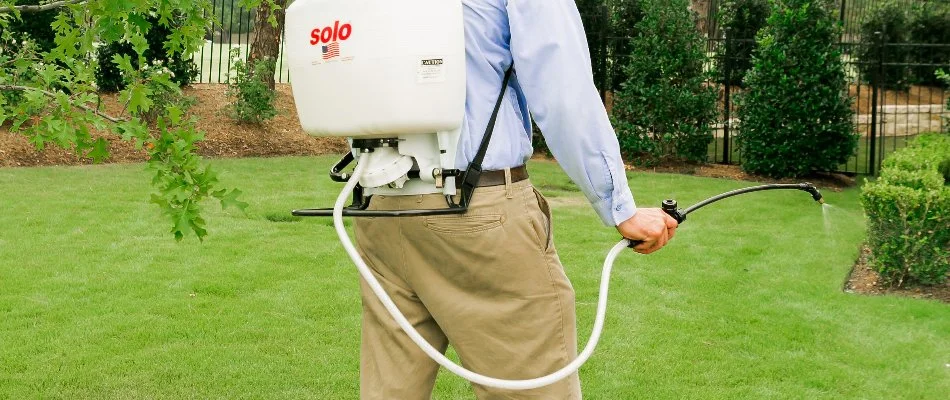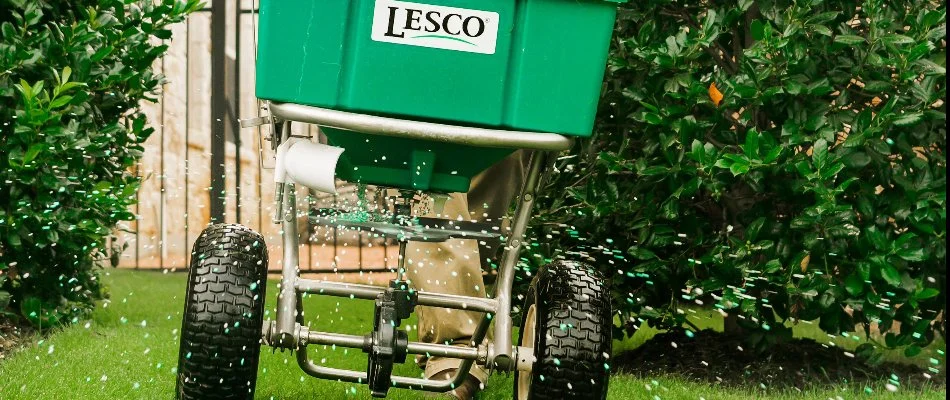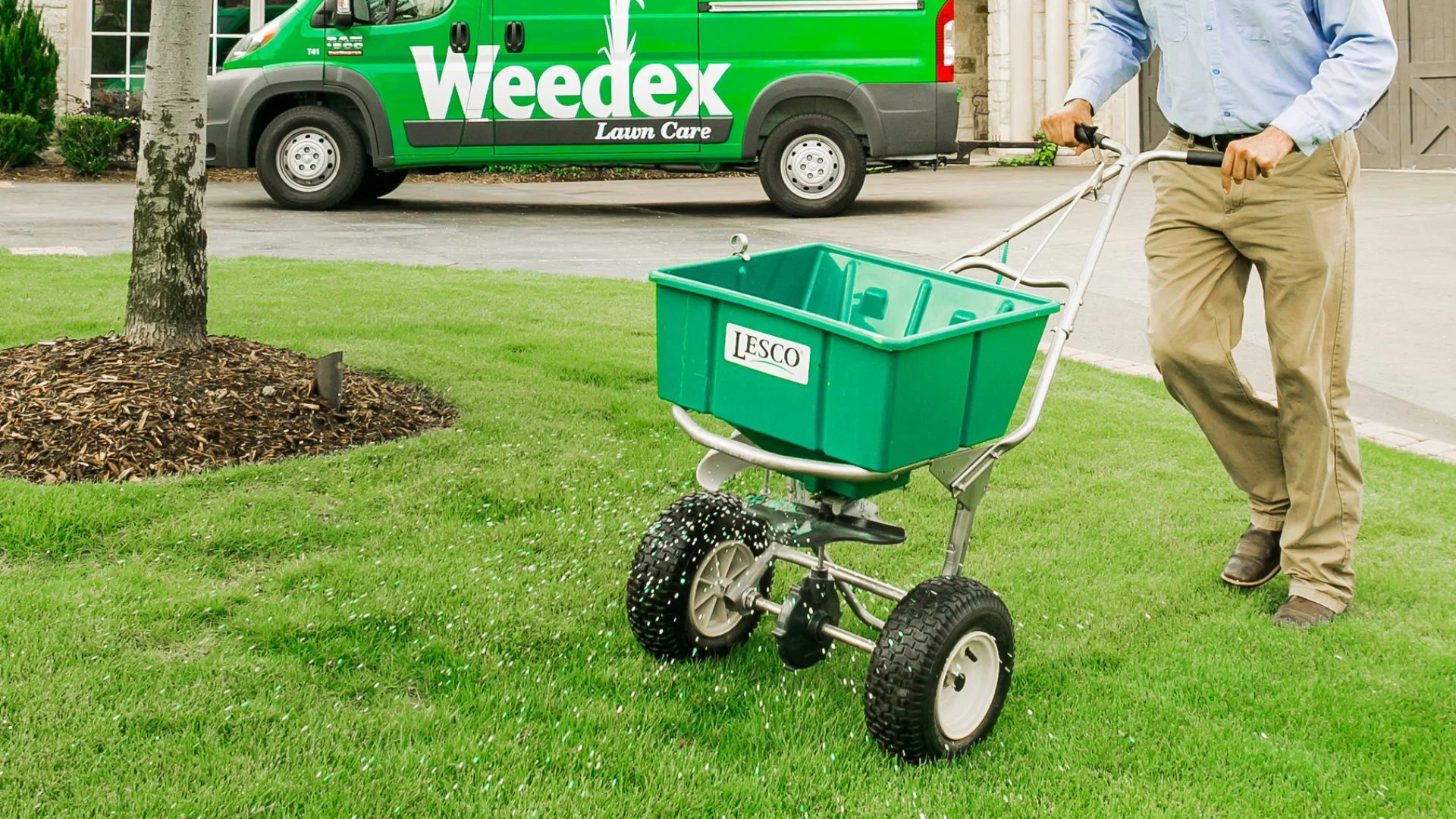If you are looking to maintain a beautiful lawn in Texas, it is important to utilize both fertilization and weed control treatments. Weed control is almost always paired with fertilization treatments because fertilizer alone will only feed weeds alongside your turf. This can lead to stronger weeds, and you definitely don't want that! Similarly, focusing solely on weed control without fertilization can leave your lawn lacking the nutrients it needs to grow strong, healthy, and recover from any stressors. To keep your lawn in top shape, it is best to regularly schedule both weed control and lawn fertilization throughout the year. This will help ensure that your lawn remains healthy, lush, and free of weeds.
Do not fertilize your lawn without also applying weed control.

When you spread fertilizer on your lawn, it's important to make sure that you don't leave any weeds untreated beforehand. This is because fertilizer not only feeds your grass but also provides nutrients for any weeds that are present. So, if you're applying a fertilizer treatment to your lawn without a weed control treatment, any weeds on your lawn will grow stronger and become more difficult to remove. Stronger weeds mean your grass will have more competition for resources, which could ironically lead to a weaker lawn. This is why weed control is so important to the fertilization process. By weed-treating your lawn, you'll help make it easier for your turf to absorb nutrients from the fertilizer treatment and clean up the look of your lawn.
Common weeds in Texas include dallisgrass, nutsedge, and chickweed, among others.
Apply fertilizer after a weed control treatment to fortify your lawn.

Although a weed control treatment can effectively eliminate weeds, it doesn't provide any of the essential nutrients that grass needs to thrive. As a result, your lawn might become nutrient deficient, which can lead to stunted growth and yellowing of the blades, potentially even facilitating the presence of pests and fungal diseases. Following up a weed control treatment with a fertilizer application is recommended to avoid this. Fertilizer provides the necessary nutrients that a lawn needs that might not be readily available in the soil. These nutrients will help maintain healthy root growth, increase the density of the grass, improve the overall appearance of the lawn, and help make your lawn resistant to stressors such as heat and drought.
How frequently should your lawn be fertilized and treated for weeds?
While how often you should fertilize your lawn and apply weed control treatments can vary depending on specific circumstances, It's typically recommended to apply them every 5-7 weeks. This schedule Will ensure that your grass is always supplied with the nutrients it needs to thrive while remaining free of nutrient-stealing weeds. By combining both of these treatments regularly throughout the year, you can help your lawn stay healthy and beautiful!
A good fertilizer treatment should contain three essential nutrients: nitrogen, phosphorus, and potassium.
Give us a call to schedule our lawn fertilization and weed control treatments today!
Lawn care can get complicated, especially when it comes to picking out products and deciding on treatments. By hiring us, you can skip the hassle and ensure your lawn gets what it needs to look great! Here at Weedex Lawn Care, we offer a comprehensive lawn care program that includes multiple fertilization and weed control treatments throughout the year. We serve residential properties in Dallas, TX, as well as in other nearby areas such as Fort Worth and Arlington. Call us today at (972) 727-9207 to sign up for our lawn care program, and let's make your lawn the envy of the neighborhood! We look forward to hearing from you!



Comments (0)
Thanks for your comment!
Thanks for your feedback! Your comments have been successfully submitted! Please note, all comments require admin approval prior to display.
Error submitting comment!
There is a problem with your comment, please see below and try again.